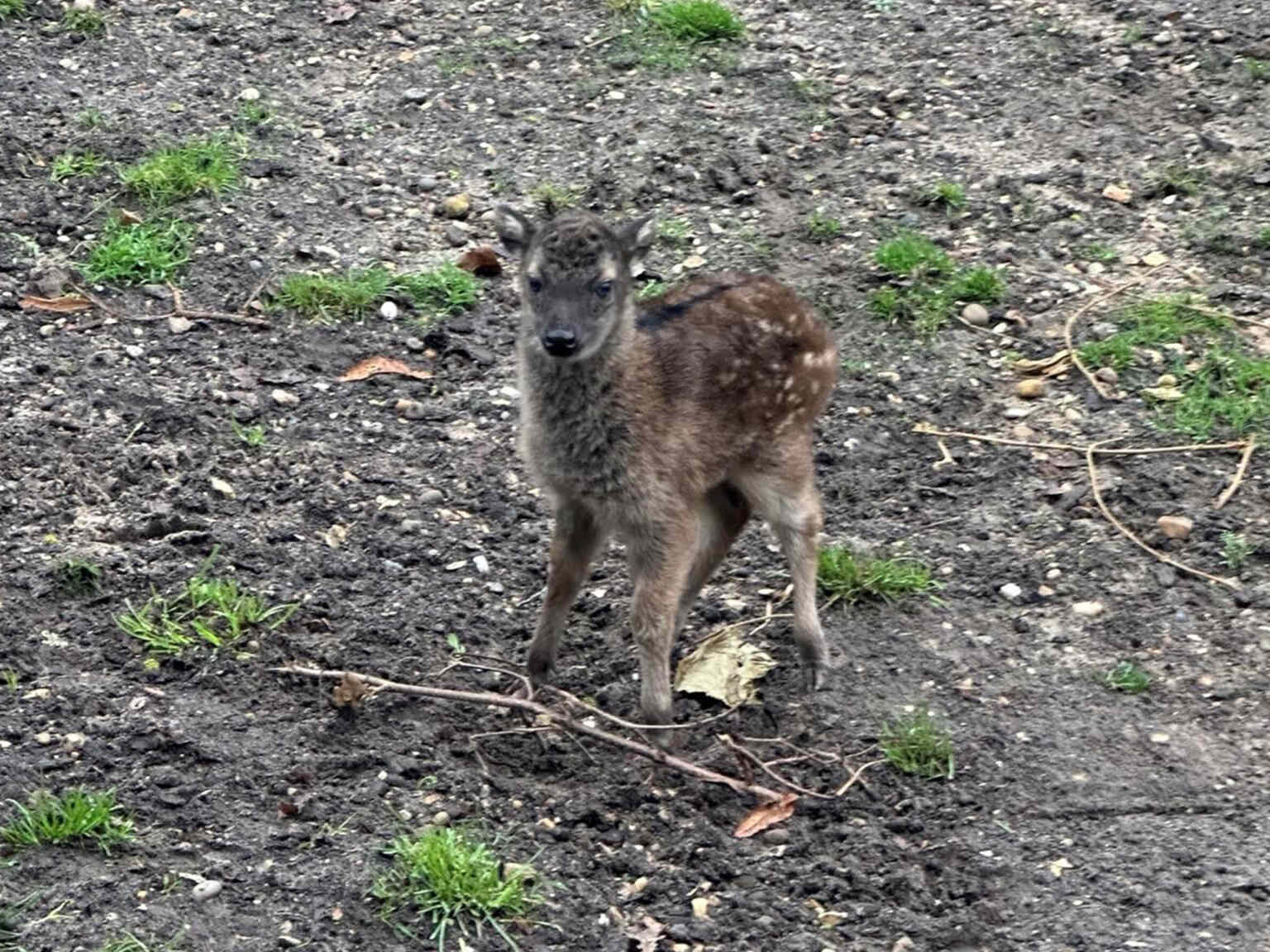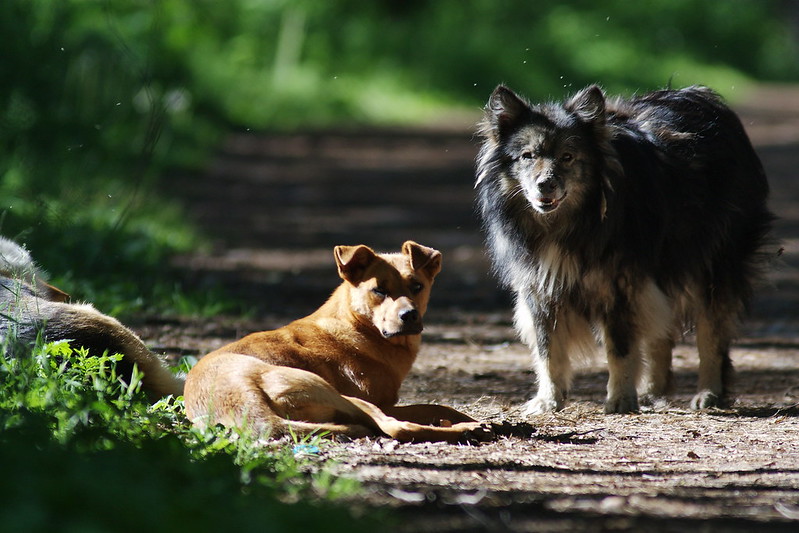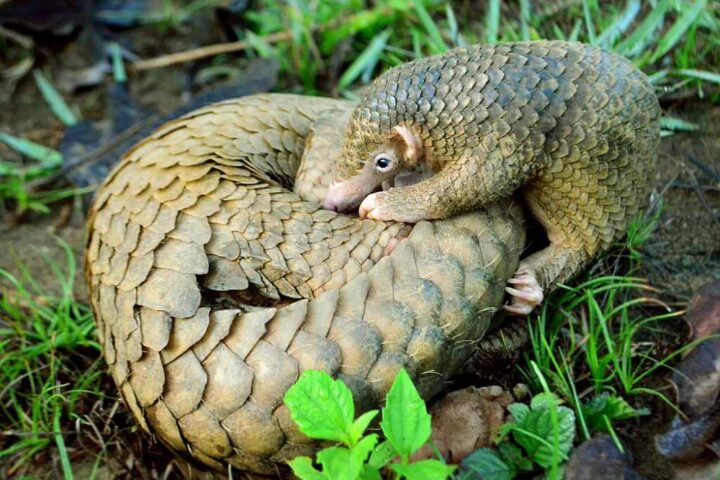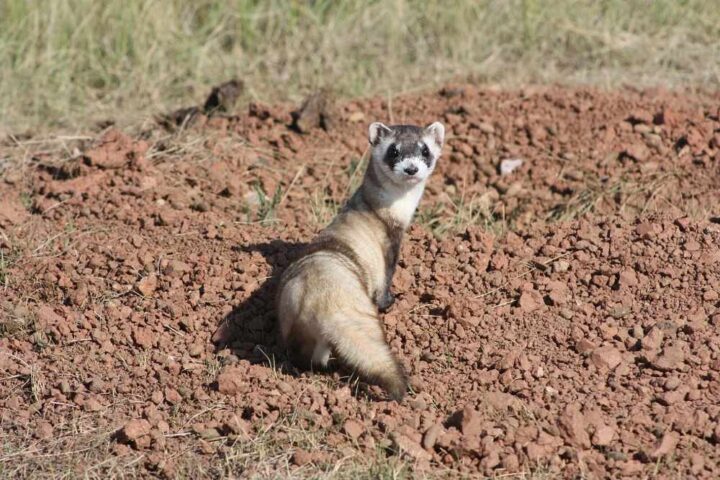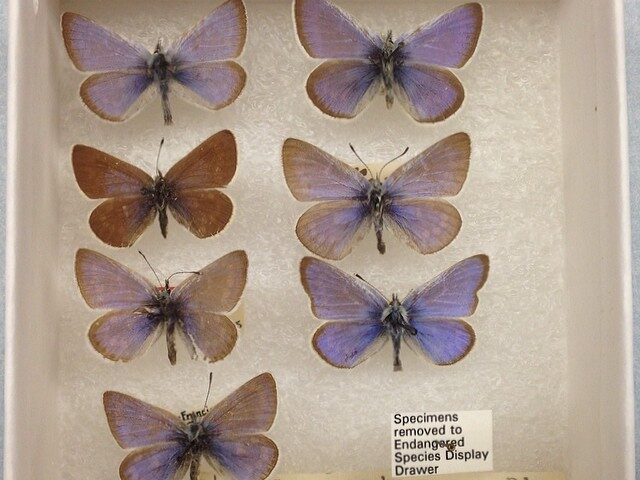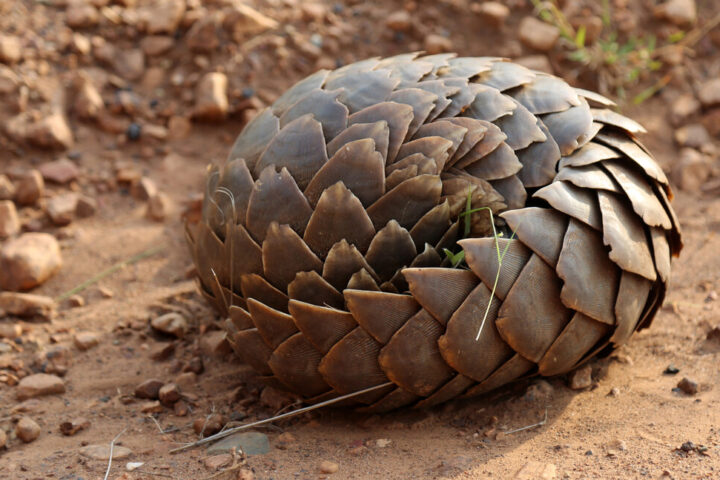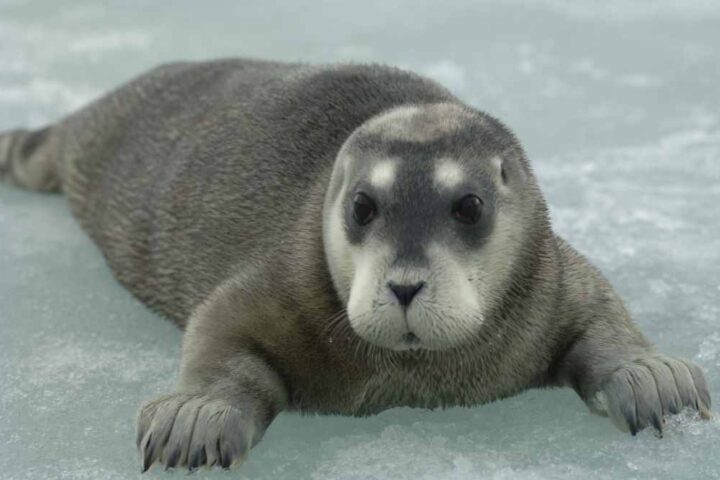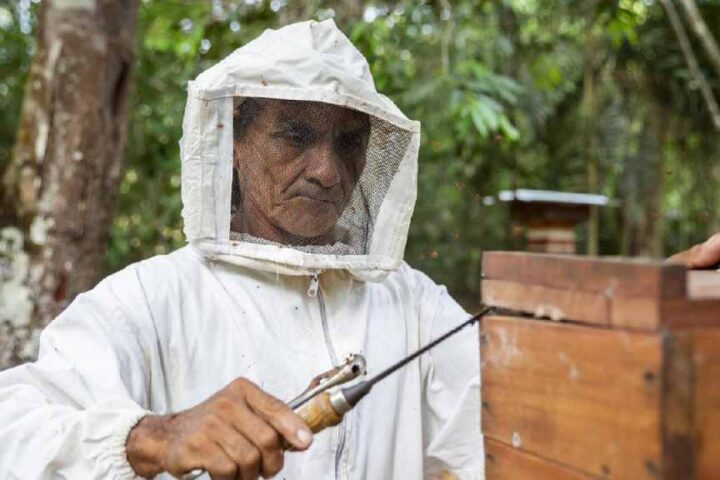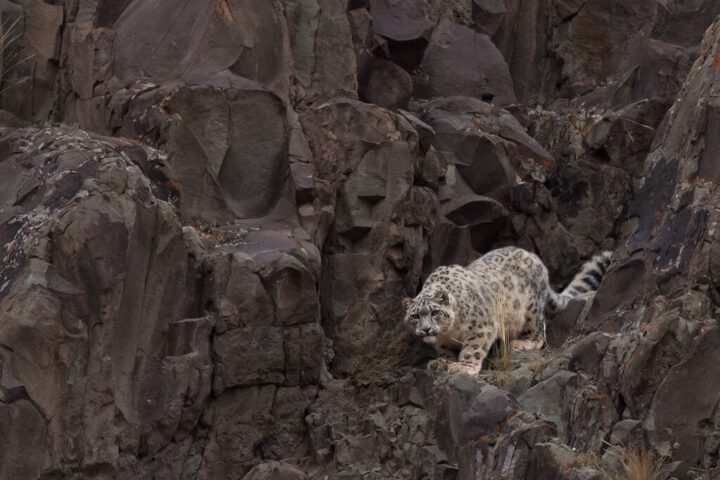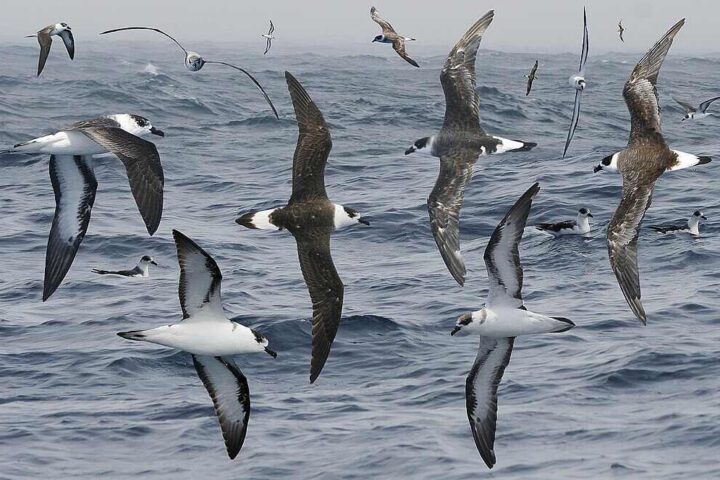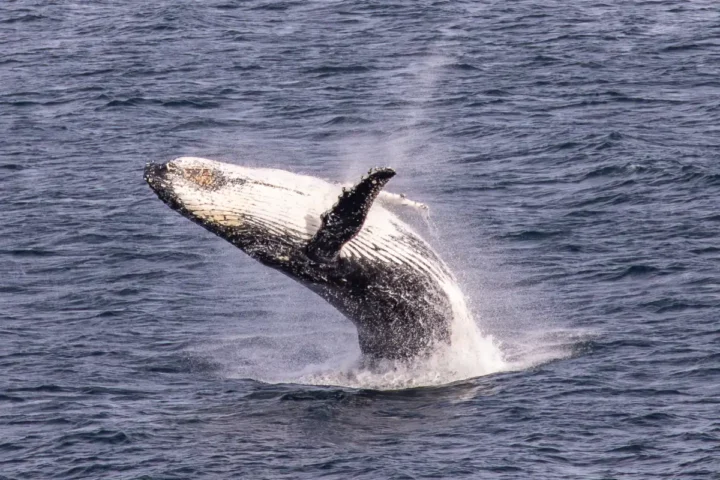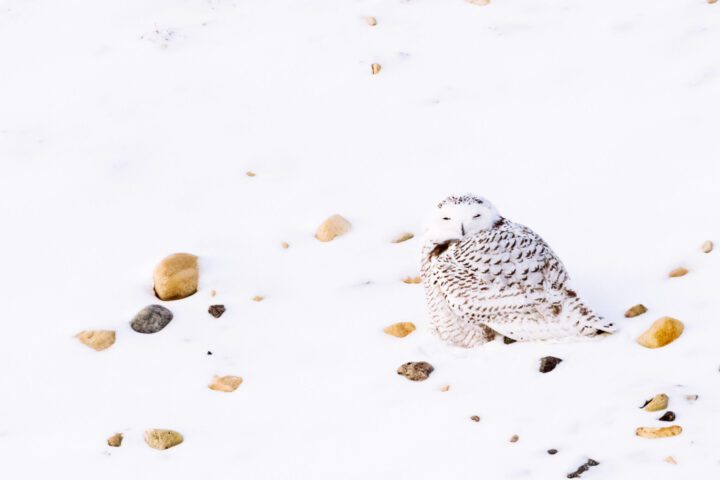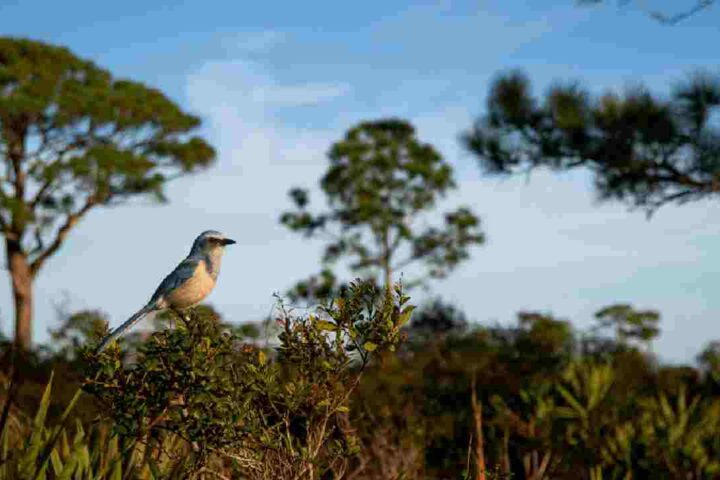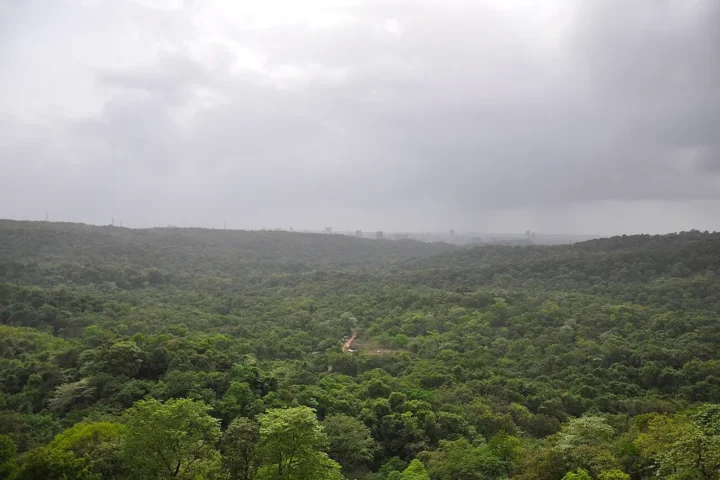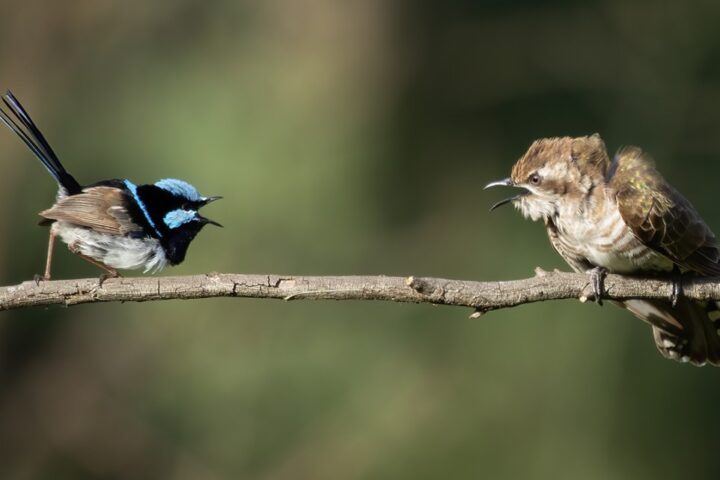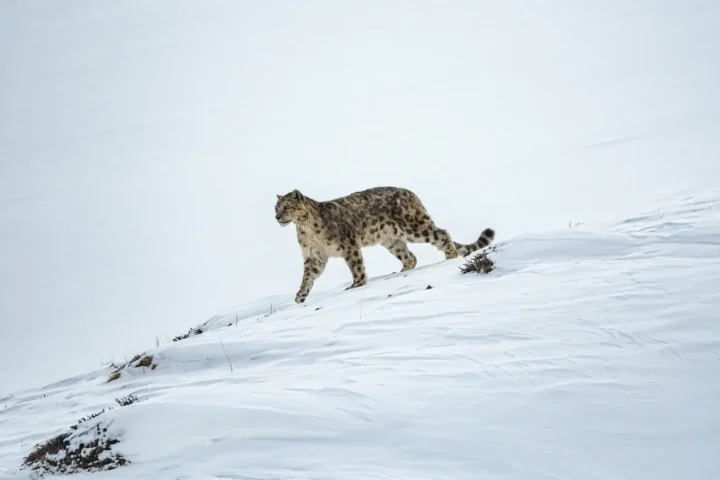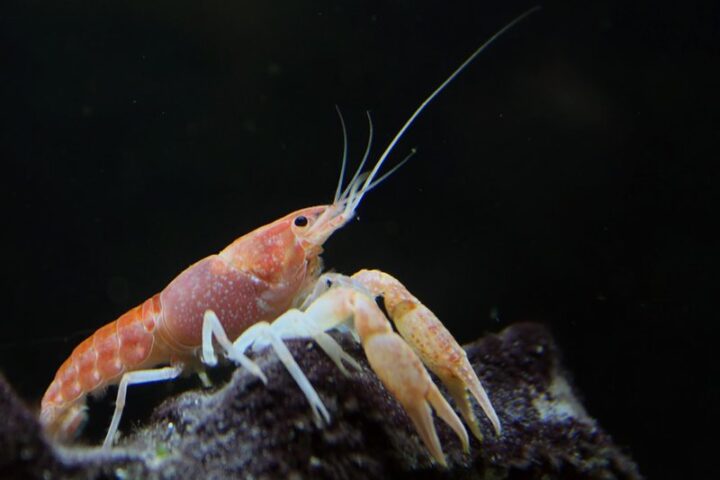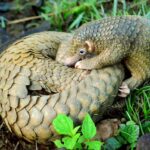A Philippine Spotted Deer calf was born on December 6, 2024, at Colchester Zoo, marking the fifth offspring of parents Autumn and Bongat. The birth adds to conservation efforts for this endangered species, which faces severe threats in its native Southeast Asian habitat.
The Philippine Spotted Deer, easily identified by buff-colored spots across their dark brown backs and sides, is listed as “Endangered” on the IUCN Red List of Threatened Species. Males develop short antlers reaching approximately 25 centimeters in length. In their natural habitat, these deer inhabit dense forest areas on rugged slopes in the Philippines.
The calf’s father, Bongat, arrived at Colchester Zoo in March 2019 from Zoo Liberec, Czechia, while mother Autumn came from Edinburgh Zoo in May 2019. Their pairing resulted from a breeding recommendation aimed at preserving the species.
More Stories
A Conservation Expert noted: “Every birth of an endangered species is a step closer to ensuring their survival. Colchester Zoo’s efforts are commendable.”
The newest arrival joins siblings Clive, Dot, Eugene, and Flynn. Following the zoo’s alphabetical naming tradition, the yet-to-be-sexed calf will receive a name beginning with ‘G’.
The Philippine Spotted Deer family can be viewed at the zoo’s Island Dwellers habitat. The exhibit provides visitors an opportunity to observe these rare creatures and learn about conservation efforts.
Colchester Zoo continues its expansion with plans for a new African lion habitat as part of its 60th-anniversary celebrations. The project includes expanding the Edge of Africa area to enhance both animal welfare and visitor experience.
